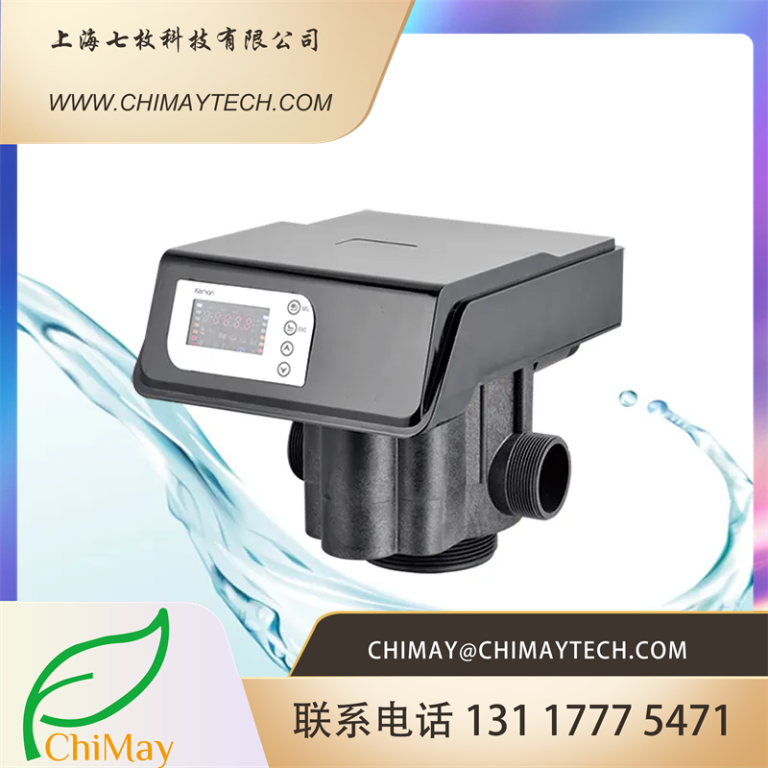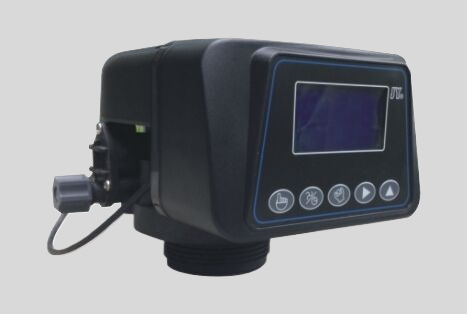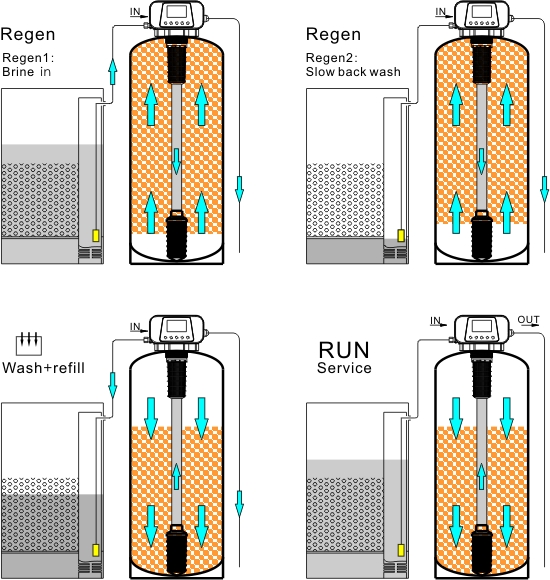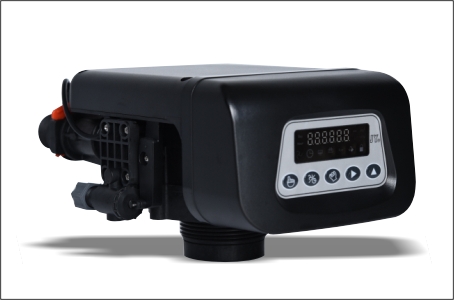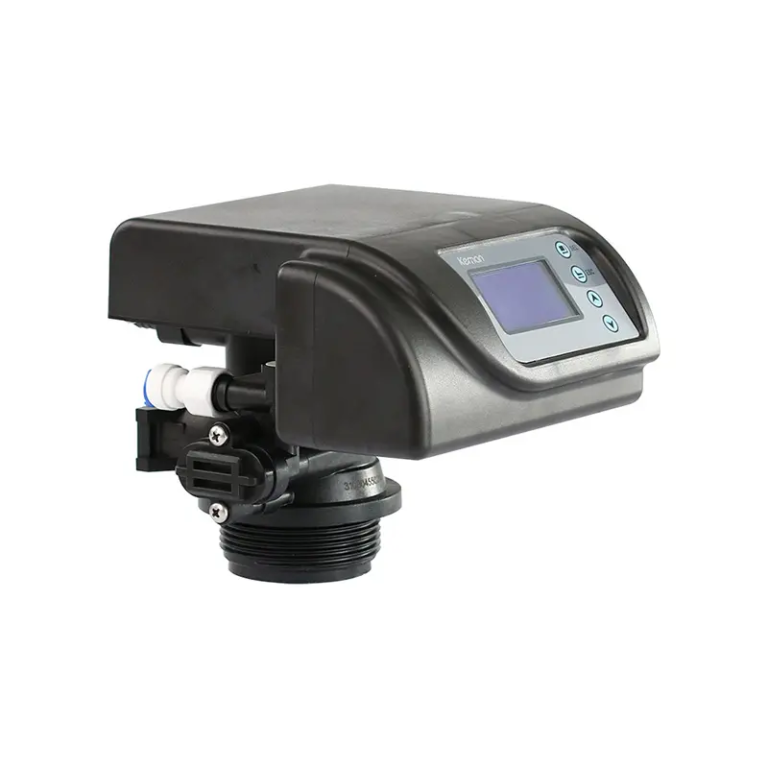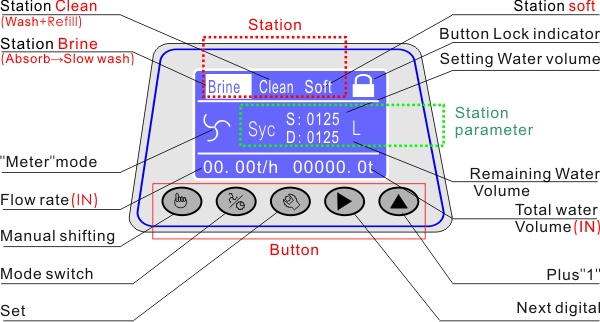“Softened water: when too soft is not a good thing.”
Table of Contents
Negative Effects of Overly Softened Water on Plumbing Systems
Water softening systems are a popular choice for many homeowners looking to improve the quality of their water. These systems work by removing minerals such as calcium and magnesium from the water, which can help prevent limescale buildup and improve the efficiency of appliances like dishwashers and washing machines. However, while softened water can offer many benefits, it is possible for water to become too soft, which can have negative effects on plumbing systems.
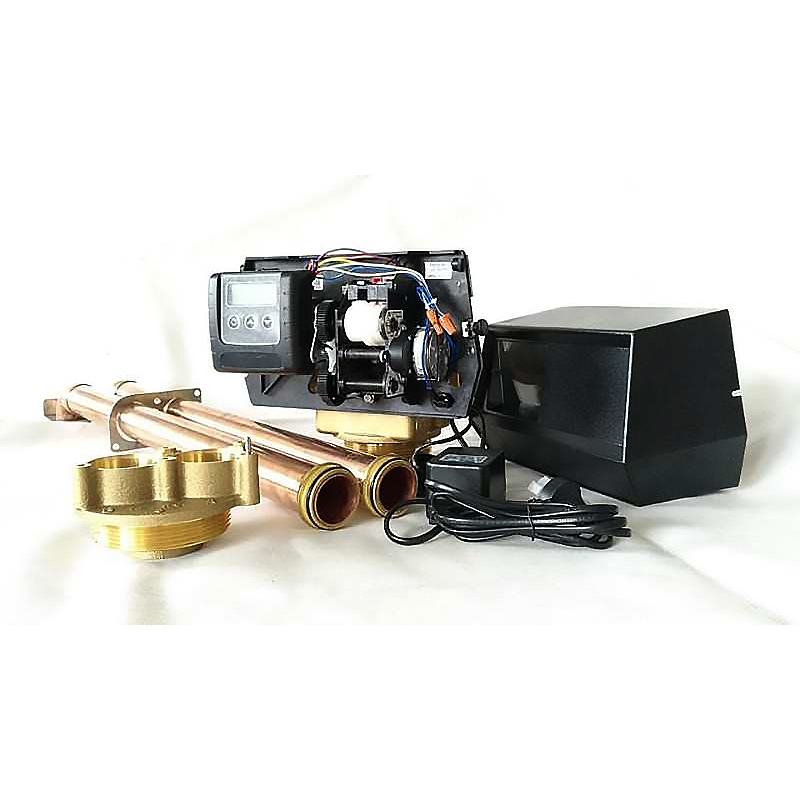
One of the main concerns with overly softened water is its corrosive nature. When water is softened, the minerals that are typically present in hard water are removed, leaving behind water that is more acidic. This acidic water can corrode metal pipes and fixtures over time, leading to leaks and other plumbing issues. In extreme cases, this corrosion can even cause pipes to burst, resulting in costly repairs.
Another issue with overly softened water is its tendency to strip plumbing systems of essential minerals. While removing minerals like calcium and magnesium can help prevent limescale buildup, these minerals also play a role in maintaining the health of plumbing systems. Without these minerals, pipes and fixtures can become brittle and more prone to damage. Additionally, overly softened water can also lead to a decrease in water pressure, as the lack of minerals can cause pipes to become clogged more easily.
In addition to the negative effects on plumbing systems, overly softened water can also have an impact on the environment. When water is softened, the excess minerals that are removed are typically flushed down the drain and into the sewer system. This can contribute to water pollution and harm aquatic ecosystems. Additionally, the process of water softening itself requires energy and resources, which can have a negative impact on the environment.
To prevent the negative effects of overly softened water on plumbing systems, it is important for homeowners to monitor the hardness of their water and adjust their water softening systems accordingly. This can be done by testing the water regularly and adjusting the settings on the water softening system as needed. In some cases, it may be necessary to install a bypass valve to allow for the use of unsoftened water for certain applications, such as watering plants or filling a swimming pool.
How to Find the Right Balance of Softness in Water Treatment Systems
Water softening systems are a popular choice for many homeowners looking to improve the quality of their water. These systems work by removing minerals such as calcium and magnesium from the water, which can cause hardness and leave behind residue on surfaces. However, while softened water can offer many benefits, it is important to find the right balance of softness to ensure that the water is not too soft.
One of the main concerns with water that is too soft is the potential for corrosion. When water is overly softened, it can become aggressive and start to leach minerals from pipes and fixtures. This can lead to damage and deterioration over time, causing costly repairs and replacements. To prevent this, it is important to monitor the softness of the water and adjust the settings on the water softening system accordingly.
Another issue with water that is too soft is the potential for a slippery feeling on the skin. Some people may find that their skin feels slimy or slick after showering or washing their hands in water that is overly softened. This can be uncomfortable and may require adjustments to the water softening system to find a more suitable level of softness.
In addition to these concerns, water that is too soft may also have a negative impact on the taste of the water. Some people may find that overly softened water tastes flat or lacks the refreshing quality of water with a more balanced mineral content. This can be a personal preference, but it is important to consider the taste of the water when adjusting the softness level of a water treatment system.
Finding the right balance of softness in a water treatment system is essential for ensuring that the water is safe, comfortable, and enjoyable to use. One way to determine the optimal softness level is to test the water regularly and monitor any changes in quality. This can be done using a water hardness test kit, which can measure the mineral content of the water and help determine if adjustments need to be made to the water softening system.
| 2510 | 1.05″ (1″)O.D. | 1/2″O.D. | 1600-3/8″ | 2-1/2″-8NPSM | 24v,110v,220v-50Hz,60Hz | 72W |
| 1650-3/8″ |
It is also important to consider the specific needs of your household when determining the softness level of your water treatment system. For example, if you have sensitive skin or hair, you may prefer water that is slightly softer to avoid any irritation. On the other hand, if you have concerns about corrosion or taste, you may want to opt for a slightly harder water that still offers the benefits of a water softening system.
Overall, finding the right balance of softness in a water treatment system is crucial for ensuring that the water is safe, comfortable, and enjoyable to use. By monitoring the softness level of the water, testing regularly, and considering the specific needs of your household, you can find the optimal softness level that works best for you. Remember, water that is too soft can have negative consequences, so it is important to find the right balance to ensure that your water treatment system is working effectively and efficiently.

